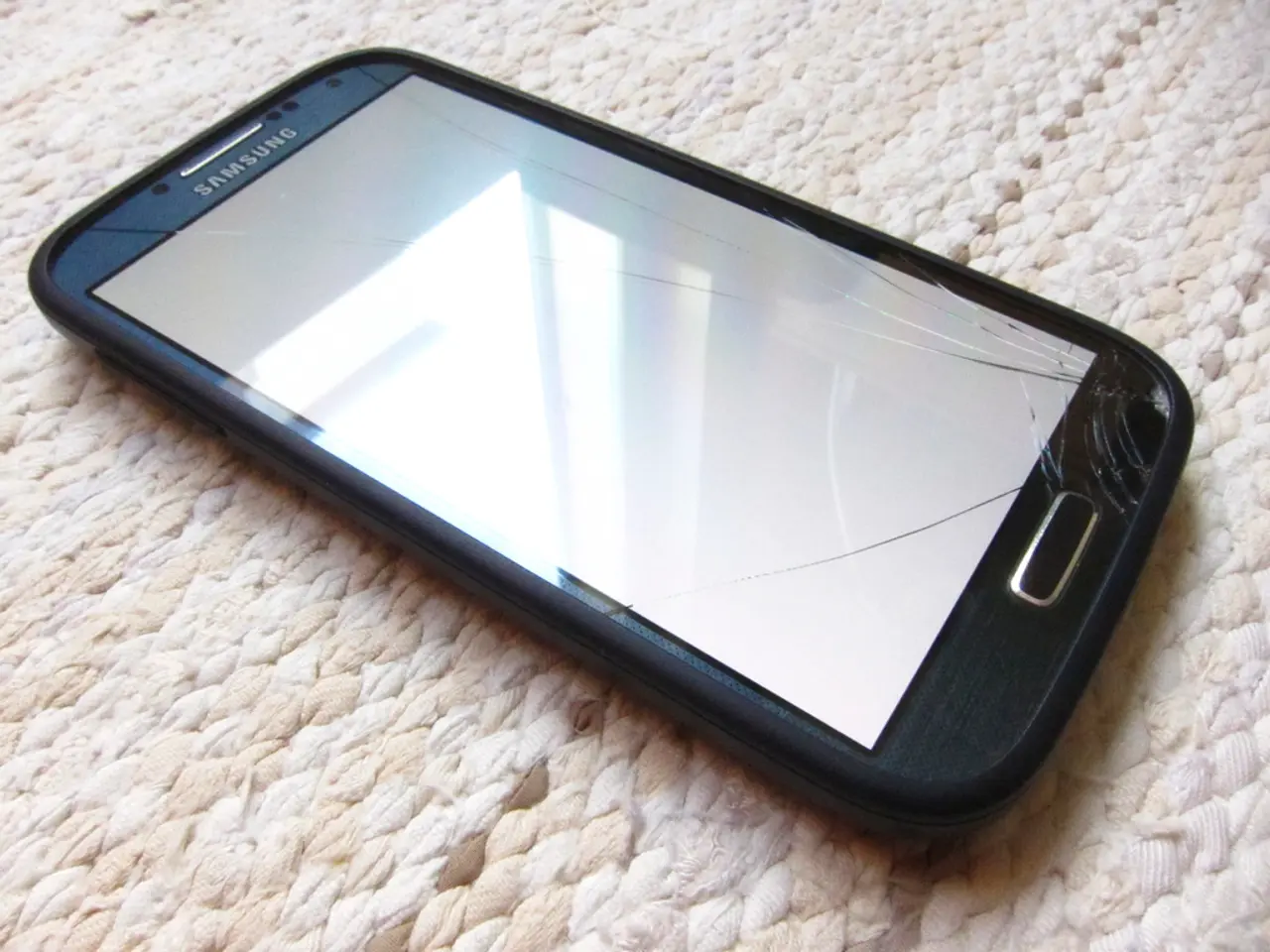Revival of Pay Phones: A Few Make a Comeback
In a world dominated by smartphones, an unexpected revival is taking place in rural America. Pay phones, once a common sight, are making a comeback, offering a reliable means of communication during emergencies and a lifeline for those with limited access to mobile devices.
Pay phones, hardwired to landline networks, typically remain functional during power outages, natural disasters, or grid failures. They offer anonymity, a vital asset in sensitive situations like domestic abuse. In states like Oregon, they continue to fill crucial communication gaps, particularly in areas with poor cell service or among vulnerable populations.
Florida, for instance, has pay phones in public transit stations and airports, serving tourists and residents without mobile phones. South Dakota, with its sparse population, has few pay phones, but the ones that remain are critical in remote areas with limited cellular coverage.
One such innovator is Patrick Schlott, an electrical engineer in Vermont. He refurbishes old pay phones and connects them to the internet, creating pay phones capable of making free calls anywhere in the U.S. or Canada. His initiative is gaining traction, with Vermont recently voting to ban cell phones in schools starting in the 2026-2027 academic year.
Community-driven efforts like Schlott's may inspire wider deployments of free or low-cost pay phones, especially in rural, remote, or economically disadvantaged communities. Some pay phones in the U.S. have been retrofitted into Wi-Fi hotspots or information kiosks, blending old utility with new technology.
However, pay phone numbers nationwide have plummeted by over 90%, leaving fewer than 60,000 in operation today. The current status of these community-driven, internet-enabled pay phone initiatives is still in a nascent and localized stage.
Broadband access is rapidly expanding in rural America, primarily driven by over 200 electric cooperatives collaboratively deploying affordable, reliable high-speed internet service to bridge the digital divide. These efforts aim to provide the foundational connectivity that can support various communication services, including emergency and personal communication.
The future prospects for community-driven, internet-enabled communication hubs in rural areas look promising. They depend on the continuation and expansion of broadband infrastructure investments and cyber resilience programs tailored to rural needs. The focus is on expanding broadband infrastructure, implementing place-based, community-focused solutions, and supporting community networks with technical assistance, funding, and ongoing cybersecurity measures.
The Vermont pay phone revival example shows how community ingenuity can create low-cost, accessible communication alternatives for rural residents who might still struggle with personal connectivity or cell coverage. However, these efforts appear piecemeal rather than a widespread movement. Internet-enabled pay phone initiatives are not yet a broadly deployed solution.
In summary, the current status is limited but innovative localized efforts exist, while the future prospects are favorable as broadband expansion and community-based digital infrastructure programs mature, potentially enabling resilient, community-driven communication services—including internet-enabled pay phones—serving emergency and personal communication needs in rural America.
Gadgets like old-fashioned pay phones, hardwired to landline networks, are being reimagined with internet connectivity by innovators, becoming a reliable backup communication method during emergencies or in rural areas with limited cell service. In the future, as broadband expands in rural America, we may witness the widespread deployment of community-driven, internet-enabled pay phones serving as communication hubs for emergencies and personal use.




